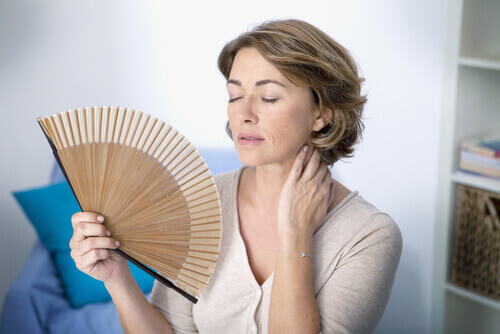
PMS is short for post-menstrual syndrome, and it’s something that you can expect most women to experience during their lifetime. It happens to everyone, though most women don’t spot the symptoms of PMS for what they are – leading to much wasted time at doctors.
Just how prevalent is PMS? It’s estimated that approximately 85% of women in the United States experience PMS during their fertile years – and let’s not forget that there are many women who experience early-onset menopause symptoms earlier on in life, too. It’s a normal aspect of life that most women will inevitably go through, but that doesn’t mean it’s going to be fun. Would you be able to spot the symptoms of PMS if they were happening to you? Here are the ten most frequent symptoms of PMS and what you can do to make life a little easier when you have to deal with them.
1. Hot Flushes
Hot flushes are the symptom that most people associate with PMS. Most people experience this as a hot and stuffy feeling that has little to do with the external temperature – and while most people associate this symptom with PMS when they hear of it, most people don’t think that they might be going through PMS themselves when it happens to them. Hot flushes are easy to identify.
If it feels like you’re spending summer in Hell and nothing seems to do the trick, then eliminate a fever first. If there’s anything left after that, then it’s likely that it’s hot flushes. This is because your hormones and blood flow are being affected when you are going through PMS. This discomfort is usually easy to correct: Hormone treatments can make things a lot easier on you, and for the other times, get a handheld fan or just invest in some ice packs.



